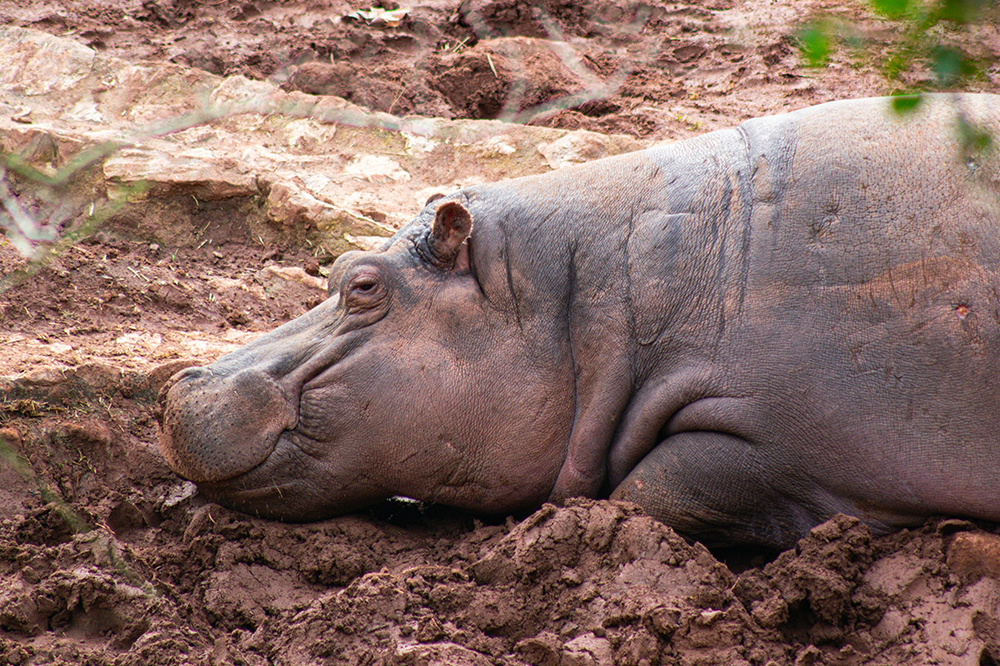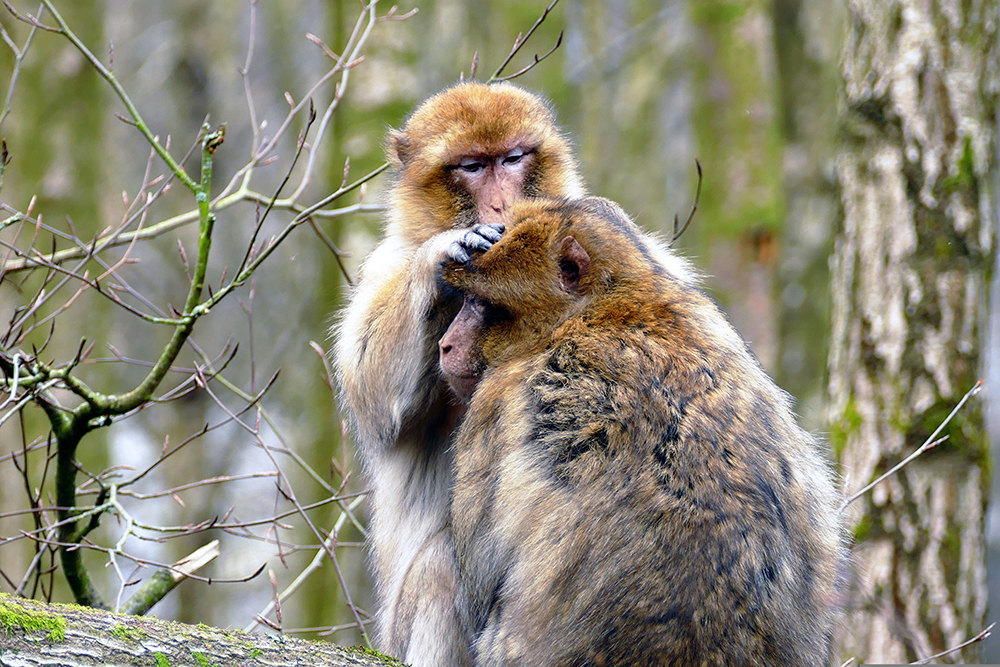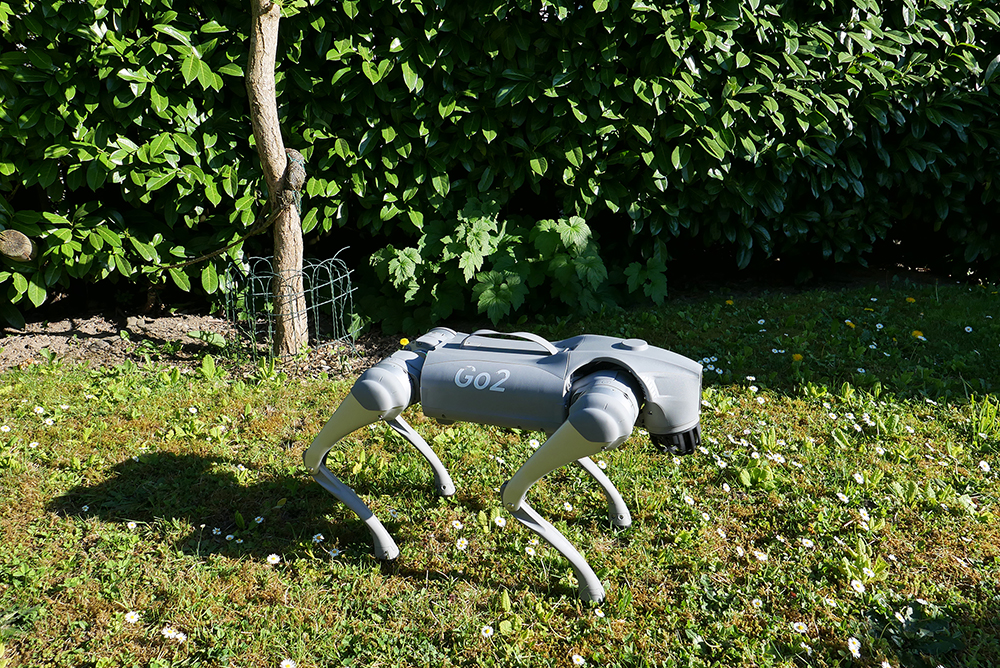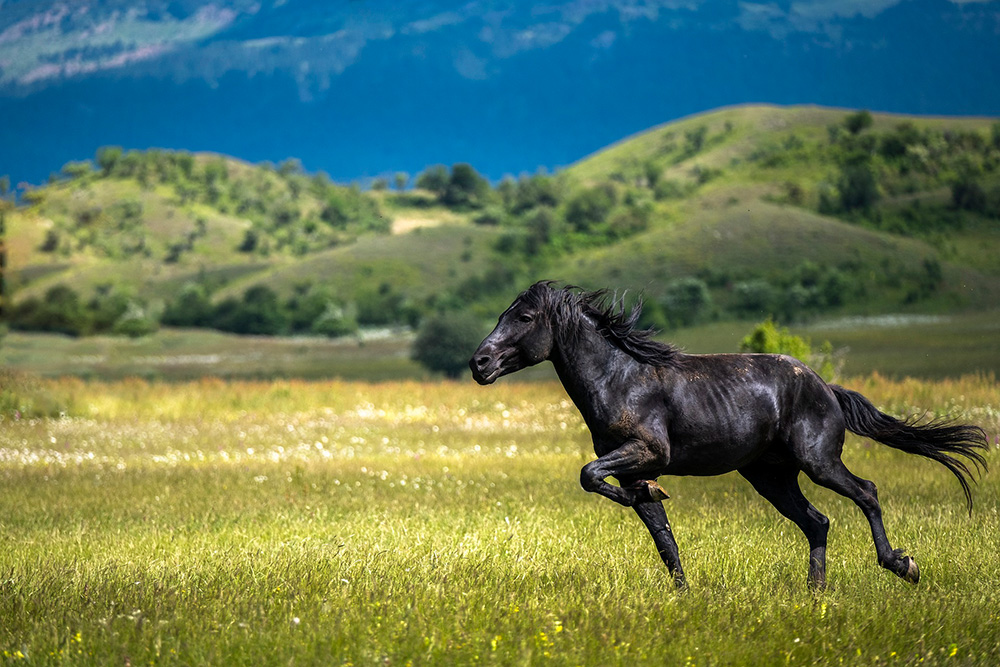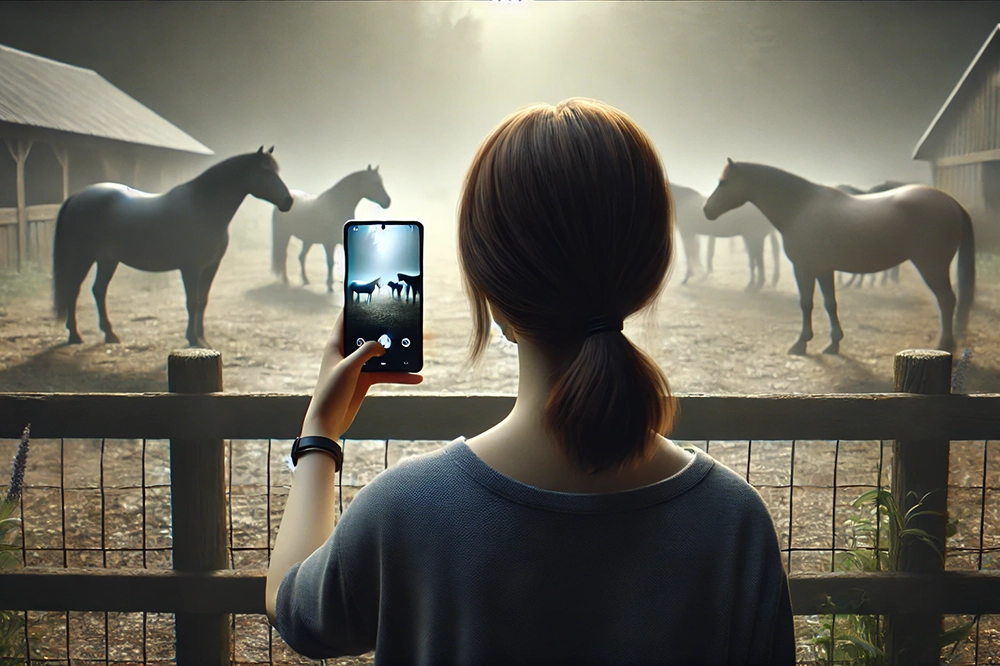Prof. Dr. Oliver Bendel will host the next ACI Conference, marking the first time the event comes to continental Europe as it convenes on the FHNW campus in Brugg-Windisch, Switzerland, from 2-5 December 2026. Building on a tradition that has taken the community from Glasgow to North Carolina, Newcastle, Bloomington, Milton Keynes, Haifa and Atlanta, this edition continues the conference’s role as the premier venue for advancing Animal-Computer Interaction. As the field grows, researchers and practitioners explore how technology shapes animals’ lives, wellbeing, cognition and social dynamics while developing animal-centered systems and methods that embrace multispecies perspectives. The conference maintains its commitment to interdisciplinary collaboration across biology, technology and cultural studies, supporting work that seeks to design ethically grounded, welfare-enhancing and inclusive technological futures for all animals, humans included. Proceedings will be published in the ACM Digital Library, and the official conference website will go live in January 2026. Information on previous ACI conferences is available at www.aciconf.org.
The Hippo in the Mud
On November 10, 2025, the article “There’s a Large Hippo Resting in the Mud” by Oliver Bendel and Doris Jovic was published introducing the VISUAL project. “VISUAL” stands for “Virtual Inclusive Safaris for Unique Adventures and Learning”. All over the world, there are webcams showing wild animals. Sighted people can use them to go on photo and video safaris comfortably from their sofas. Blind and visually impaired people are at a disadvantage here. As part of Inclusive AI, the project developed a prototype specifically for them. Public webcams around the world that are directed at wild animals are tapped. Users can choose between several habitats on land or in water. They can also select “Adult” or “Child” as a profile and choose a role (“Safari Adventurer”, “Field Scientist”, “Calm Observer”). When the live video is accessed, three screenshots are taken and combined into a bundle. This bundle is analyzed and evaluated by GPT-4o, an MLLM. The user then hears a spoken description of the scene and the activities. The project is likely one of the first to combine Inclusive AI with new approaches in Animal-Computer Interaction (ACI). The article was published in Wiley Industry News and can be accessed at: wileyindustrynews.com/en/contributions/theres-a-large-hippo-resting-in-the-mud. It should be noted that it is also available in German.
Decoding Animal Language with AI
Recent advancements in artificial intelligence (AI) and bioacoustics have opened a unique opportunity to explore and decode animal communication. With the growing availability of bioacoustic data and sophisticated machine learning models, researchers are now in a position to make significant strides in understanding non-human animal languages. However, realizing this potential requires a deliberate integration of AI and ethology. The AI for Non-Human Animal Communication workshop at NeurIPS 2025 will focus on the challenges of processing complex bioacoustic data and interpreting animal signals. The workshop will feature keynote talks, a poster session, and a panel discussion, all aimed at advancing the use of AI to uncover the mysteries of animal communication and its implications for biodiversity and ecological conservation. The workshop is inviting submissions for short papers and proposals related to the use of AI in animal communication. Topics of interest include bioacoustics, multimodal learning, ecological monitoring, species-specific studies, and the ethical considerations of applying AI in animal research. Papers should present novel research, methodologies, or technologies in these areas, and will undergo a double-blind review process. The paper submission deadline is September 5, 2025, with notifications of acceptance by September 22, 2025. More information is available at aiforanimalcomms.org.
Completion of the VISUAL Project
On July 31, 2025, the final presentation of the VISUAL project took place. The initiative was launched by Prof. Dr. Oliver Bendel from the University of Applied Sciences and Arts Northwestern Switzerland (FHNW). It was carried out by Doris Jovic, who is completing her Bachelor’s degree in Business Information Technology (BIT) in Basel. “VISUAL” stands for “Virtual Inclusive Safaris for Unique Adventures and Learning”. All over the world, there are webcams showing wild animals. Sighted individuals can use them to go on photo or video safaris from the comfort of their couches. However, blind and visually impaired people are at a disadvantage. As part of Inclusive AI, a prototype was developed specifically for them in this project. Public webcams around the world that are focused on wildlife are accessed. Users can choose between various habitats on land or in water. Additionally, they can select a profile – either “Adult” or “Child” – and a role such as “Safari Adventurer,” “Field Scientist”, or “Calm Observer”. When a live video is launched, three screenshots are taken and compiled into a bundle. This bundle is then analyzed and evaluated by GPT-4o, a multimodal large language model (MLLM). The user receives a spoken description of the scene and the activities. The needs of blind and visually impaired users were gathered through an accessible online survey, supported by FHNW staff member Artan Llugaxhija. The project is likely one of the first to combine Inclusive AI with new approaches from the field of Animal-Computer Interaction (ACI).
The Robodog Project
Robotic quadrupeds – often referred to as robot dogs – are becoming more and more widespread. As a result, they will increasingly encounter real dogs. The question is how to design and construct the robot in such a way that the animals do not overreact and neither robots nor animals or bystanders are harmed in any way. As part of “The Robodog Project”, smaller dogs are to be confronted with the walking, running and jumping Unitree Go2 from Prof. Dr. Oliver Bendel’s private Social Robots Lab. The plan is to visit controllable environments such as dog training grounds and arrange meetings and discussions with dog owners. The results will lead to suggestions for design and control. Robot enhancement can also play a role. For example, robot enthusiasts have used a 3D printer to produce cartoonish heads for the Unitree Go2, giving it a completely different look. The project – also known as “Bao Meets Pluto” after the pet name of the robotic four-legged friend and the Disney character – was launched at the FHNW School of Business at the end of March 2025. It is part of Oliver Bendel’s research in the field of animal-machine interaction (AMI). Selina Rohr, who is writing her Bachelor’s thesis on the topic, has been recruited as a member of the team. She met Bao at a get-together at the end of April 2025 and let it run and jump around the room.
Start of the VISUAL Project
The kick-off meeting for the VISUAL project took place on March 20, 2025. It was initiated by Prof. Dr. Oliver Bendel from the FHNW School of Business. “VISUAL” stands for “Virtual Inclusive Safaris for Unique Adventures and Learning”. There are webcams all over the world that show wild animals. Sighted people can use them to go on a photo safari from the comfort of their sofa. Blind and visually impaired people are at a disadvantage. As part of Inclusive AI – an approach and a movement that also includes apps such as Be My Eyes with the Be My AI function – a solution is to be found for them. The aim of the project is to develop a prototype by August 2025 that enables blind and visually impaired people to have webcam images or videos of wild animals described to them. The system analyzes and evaluates them with the help of a multimodal LLM. It presents the results in spoken language via an integrated text-to-speech engine. As a by-product, poaching, bush and forest fires and other events can be detected. The project is likely to be one of the first to combine inclusive AI with new approaches to animal-computer interaction (ACI). Doris Jovic, who is completing her degree in BIT, has been recruited to work on the project.
13 Animal-Related Concepts and Artifacts
Since 2012, Oliver Bendel has developed 13 concepts and artifacts in the field of animal-computer interaction (ACI) or animal-machine interaction (AMI) together with his students. They can be divided into three categories. The first are animal- and nature-friendly concepts. The second are animal-friendly machines and systems (i.e., forms of moral machines). The third are animal-inspired machines and systems that replace the animals or bring them closer to you. Articles and book chapters have been published on many of the projects. The names of the developers can be found in these. A few prototypes made it into the media, such as LADYBIRD and HAPPY HEDGEHOG. Oliver Bendel repeatedly refers to Clara Mancini, the pioneer in the field of animal-computer interaction. Recently, ethicists such as Peter Singer have also turned their attention to the topic.
Award for ACI Paper
“The Animal Whisperer Project” by Oliver Bendel (FHNW School of Business) and Nick Zbinden (FHNW School of Business) won the Honourable Mention Short Paper Award at the 2024 ACI Conference. From the abstract: “Generative AI has become widespread since 2022. Technical advancements have resulted in multimodal large language models and other AI models that generate, analyze, and evaluate texts, images, and sounds. Such capabilities can be helpful in encounters between humans and animals. For example, apps with generative AI on a smartphone can be used to assess the body language and behavior of animals – e.g., during a walk or hike – and provide a recommendation for human behavior. It is often useful to take into account the animal’s environment and situation. The apps can help people to avert approaches and attacks, and thus also protect animals. In ‘The Animal Whisperer Project’, three apps were developed as prototypes based on the multimodal large language model GPT-4 from OpenAI from the beginning to mid-2024. Three specific GPTs resulted: the Cow Whisperer, the Horse Whisperer, and the Dog Whisperer. All three showed impressive capabilities after the first prompt engineering. These were improved by implementing information from expert interviews and adding labeled images of animals and other materials. AI-based apps for interpreting body language, behavior, and the overall situation can apparently be created today, without much effort, in a low-budget project. However, turning them into products would certainly raise questions, such as liability in the event of accidents.” The proceedings are available here.
Awards at ACI ’24
The “Proceedings of the International Conference on Animal-Computer Interaction 2024” were published at the end of November 2024, a few days before the conference in Glasgow. The following papers received awards: “Wireless Tension Sensors for Characterizing Dog Frailty in Veterinary Settings” by Colt Nichols (North Carolina State University), Yifan Wu (North Carolina State University), Alper Bozkurt, David Roberts (North Carolina State University) and Margaret Gruen (North Carolina State University): Best Paper Award; “Communication Functions in Speech Board Use by a Goffin’s Cockatoo: Implications for Research and Design” by Jennifer Cunha (Indiana University), Corinne Renguette (Perdue University), Lily Stella (Indiana University) and Clara Mancini (The Open University): Honourable Mention Award; “Surveying The Extent of Demographic Reporting of Animal Participants in ACI Research” by Lena Ashooh (Harvard University), Ilyena Hirskyj-Douglas (University of Glasgow) and Rebecca Kleinberger (Northeastern University): Honourable Mention Award; “Shelling Out the Fun: Quantifying Otter Interactions with Instrumented Enrichment Objects” by Charles Ramey (Georgia Institute of Technology), Jason Jones (Georgia Aquarium), Kristen Hannigan (Georgia Aquarium), Elizabeth Sadtler (Georgia Aquarium), Jennifer Odell (Georgia Aquarium), Thad Starner (Georgia Institute of Technology) and Melody Jackson (Georgia Institute of Technology): Best Short Paper Award; “The Animal Whisperer Project” by Oliver Bendel (FHNW School of Business) and Nick Zbinden (FHNW School of Business): Honourable Mention Short Paper Award.
The Animal Whisperer at ACI 2024
The paper “The Animal Whisperer Project” by Oliver Bendel and Nick Zbinden will be presented at ACI 2024, which takes place in Glasgow this December. It is a conference that brings together the small community of experts in animal-computer interaction and animal-machine interaction. This includes Oliver Bendel, who has been researching in this field since 2012, with a background in animal ethics from the 1980s and 1990s. He initiated the Animal Whisperer project. The developer was Nick Zbinden, who graduated from the FHNW School of Business. From March 2024, three apps were created on the basis of GPT-4: the Cow Whisperer, the Horse Whisperer, and the Dog Whisperer. They can be used to analyze the body language, behaviour, and environment of cows, horses, and dogs. The aim is to avert danger to humans and animals. For example, a hiker can receive a recommendation on his or her smartphone not to cross a pasture if a mother cow and her calves are present. All he or she has to do is call up the application and take photos of the surroundings. The three apps are available as prototypes since August 2024. With the help of prompt engineering and retrieval-augmented generation (RAG), they have been given extensive knowledge and skills. Above all, self-created and labeled photos were used. In the majority of cases, the apps correctly describe the animals’ body language and behavior. Their recommendations for human behavior are also adequate (Image: DALL-E 3).

